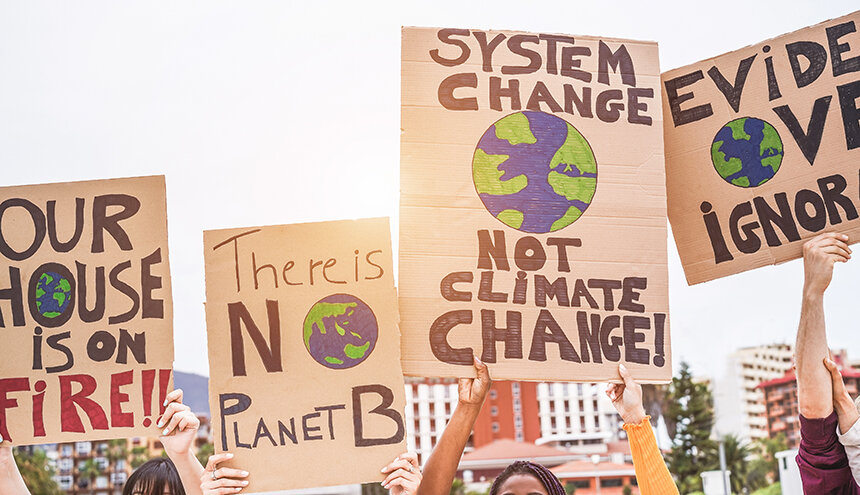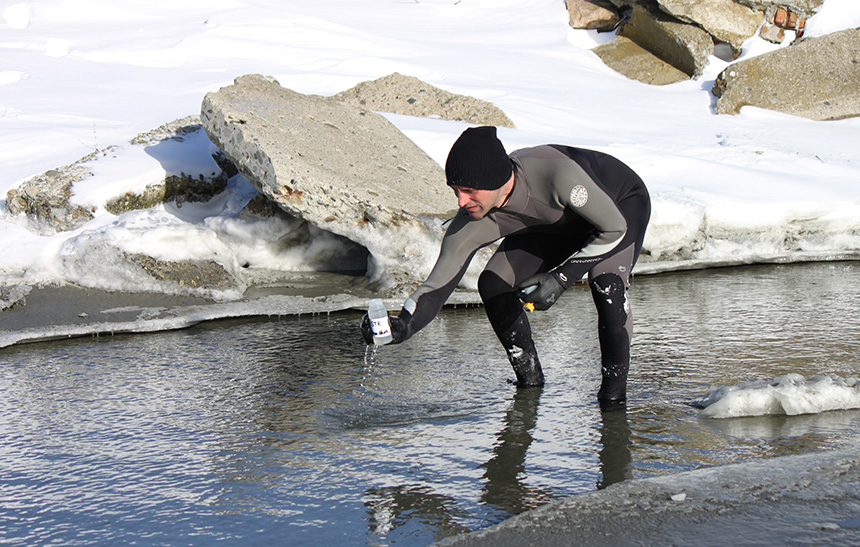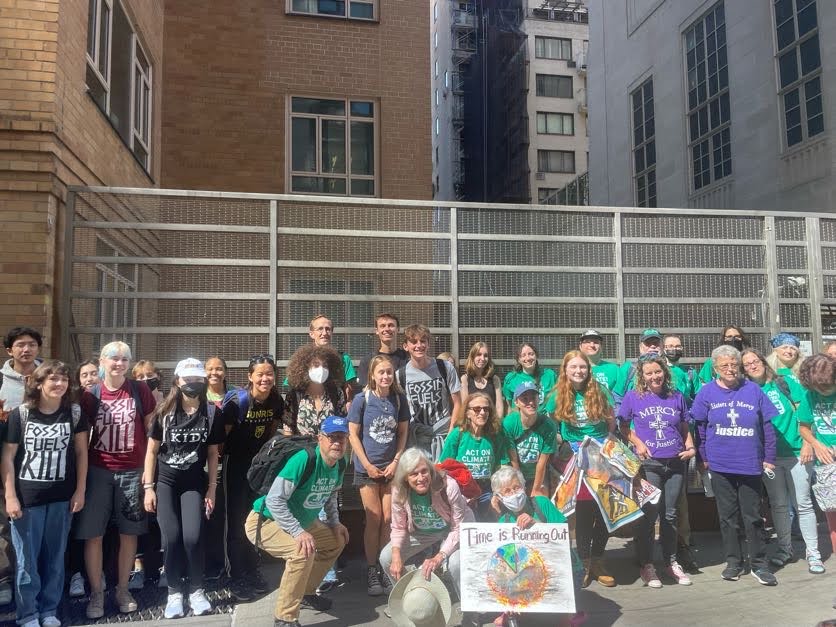Woonasquatucket River’s Dirty Past Gives Way to Better Future
September 2, 2020
PROVIDENCE — A group is gathered near the Providence Place mall on Park Street, overlooking a part of the Woonasquatucket River that runs green. Small menhaden shimmy through its current alongside pieces of trash that bob their way along. While the river has come a long way from its industrial past, there’s still a long way to go.
The group gathered Sept. 1 for a tour to learn about this section of the river’s history and about its hope-filled future in the hands of the Woonasquatucket River Watershed Council (WRWC).
“This was a very hardworking river,” said Sarah Zurier, senior historic preservation specialist for the Historical Preservation & Heritage Commission.
Zurier spoke about the river’s past, and how it endured decades of industrial abuse. Participants walked to the Foundry and Promenade complex, formerly a Brown & Sharpe factory and now home to the Rhode Island Department of Environmental Management, businesses, and apartments.
“This was the site of the Brown and Sharpe factory, and was what Rhode Island called one of the five industrial wonders of the world,” Zurier said. “They made the machines that made industry possible, from weapons to sewing machines.”
Brown & Sharpe built its 25-acre campus between 1872 and 1941, before moving to North Kingstown in 1964, a mere 23 years later.
Participants walk further up Promenade Street alongside the river, which traces its path through this historic area. Zurier stopped at a bridge that crosses the Woony’s expanse and explained that the term Woonasquatucket means “where the salt water ends.”
She also noted that the area was a rich place for fishing, and that Indigenous people used it for farming.
But the uninhibited nature of the area was displaced by the addition of more factories during the industrial boom: U.S. Rubber, Union Cotton, Nicholson File, and the Rhode Island Locomotive Works, among others.
The wastewater and chemical runoff from these factories bled into the Woonasquatucket River, causing intense pollution that has withstood the test of time.
“The pollution was horrible, and the WRWC is still dealing with it,” Zurier said. “When one of our guides leads kayak tours here, he always says, ‘Don’t touch the sediment.’”
While Zurier noted that the river still has a ways to go to recover, Alicia Lehrer, WRWC’s executive director, provided a glimpse into the brightening future of what was once an industrial wasteland.
At the busy intersection of Eagle Street and Kinsley Avenue, Lehrer spoke about the installation of traffic-slowing infrastructure, the removal of invasive plants, and the impending redesign of this busy roadway to make it more bicycle and pedestrian friendly.
“We’re creating a new bikeway and turning this into a one-way street with lots of space for bikes,” she said. As she spoke, cars whizzed by at breakneck speed and motorcycles popped wheelies. “I wonder what they’ll do when they can’t race here anymore,” one woman on the tour said.
The WRWC is also installing green infrastructure in the area to mitigate stormwater runoff and adding a kayak and canoe launch further downstream. The city of Providence will also be building a pedestrian bridge to connect Kinsley Avenue to the U.S. Rubber Lofts, making the area more pedestrian-friendly.
And if the funding comes in for it, the WRWC is also hoping to make the path that goes under the Interstate 95 bridge near the mall a nicer experience by adding public art and other eye-sore reducing projects.
This lush, green, safe, and refreshed vision of the Woonasquatucket River is a far cry from its gritty, industrial past.
“You guys are taking this seriously aren’t ya?” a man named Richard asked. “Yes, we are,” Lehrer replied.




The WRWC has been working for many years and have done a tremendous job in cleaning the river, providing programs for children and adults including a bike camp, canoeing and kayaking. Their ‘River Rangers’ monitor the areas, provide landscaping and have added lovely gardens, to name only some of their tasks. Staff go to schools to provide education to children, hold events, raise funds – you name it.
Check out their website WRWC.org for more information and to see everything that they have accomplished over the years. It is remarkable – they really have changed the environment in many ways and are expanding their efforts and focus. Kudos Woonasquatucket River Watershed Council!